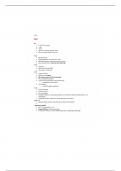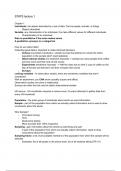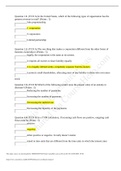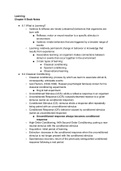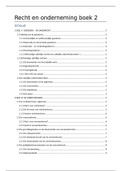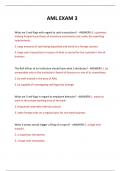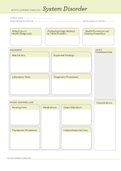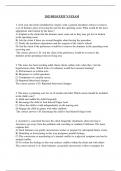Class notes
UPNS 232 Comprehensive Notes
- Course
- Adult Health UPNS 232
- Institution
- Duquesne University
This is a comprehensive and detailed note that contains key topics and concepts for this course. *Essential Study Material!! *For you, at a price that's fair enough!!
[Show more]
